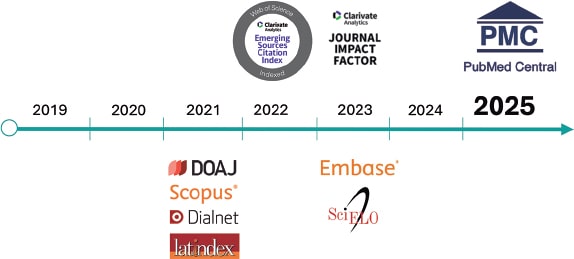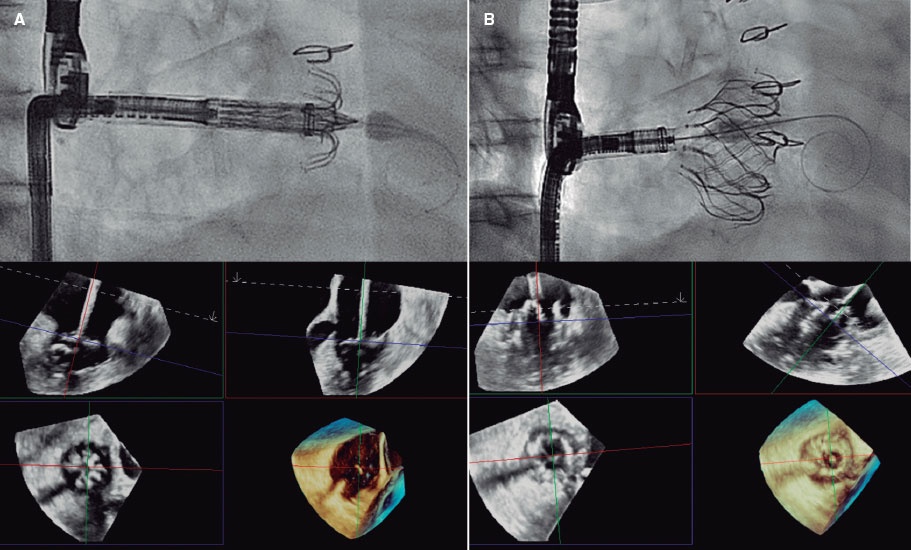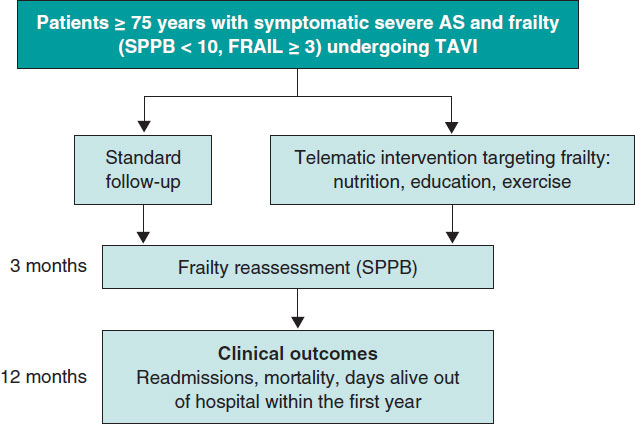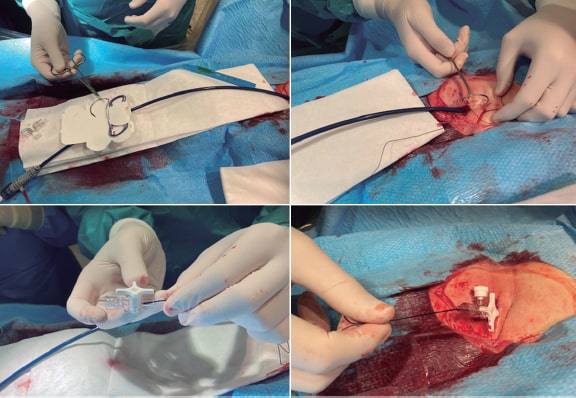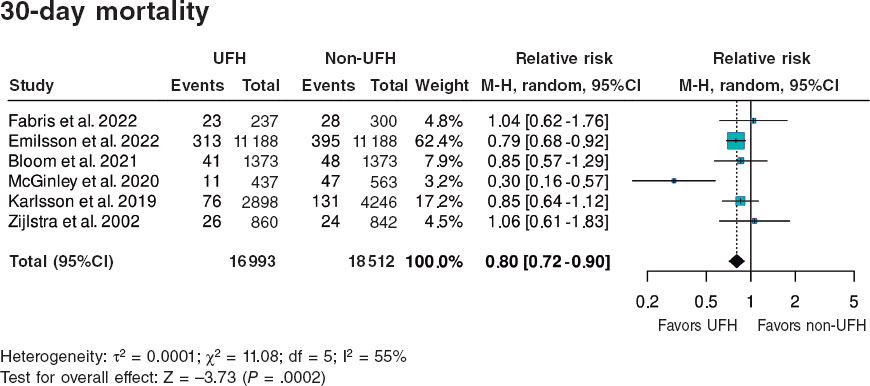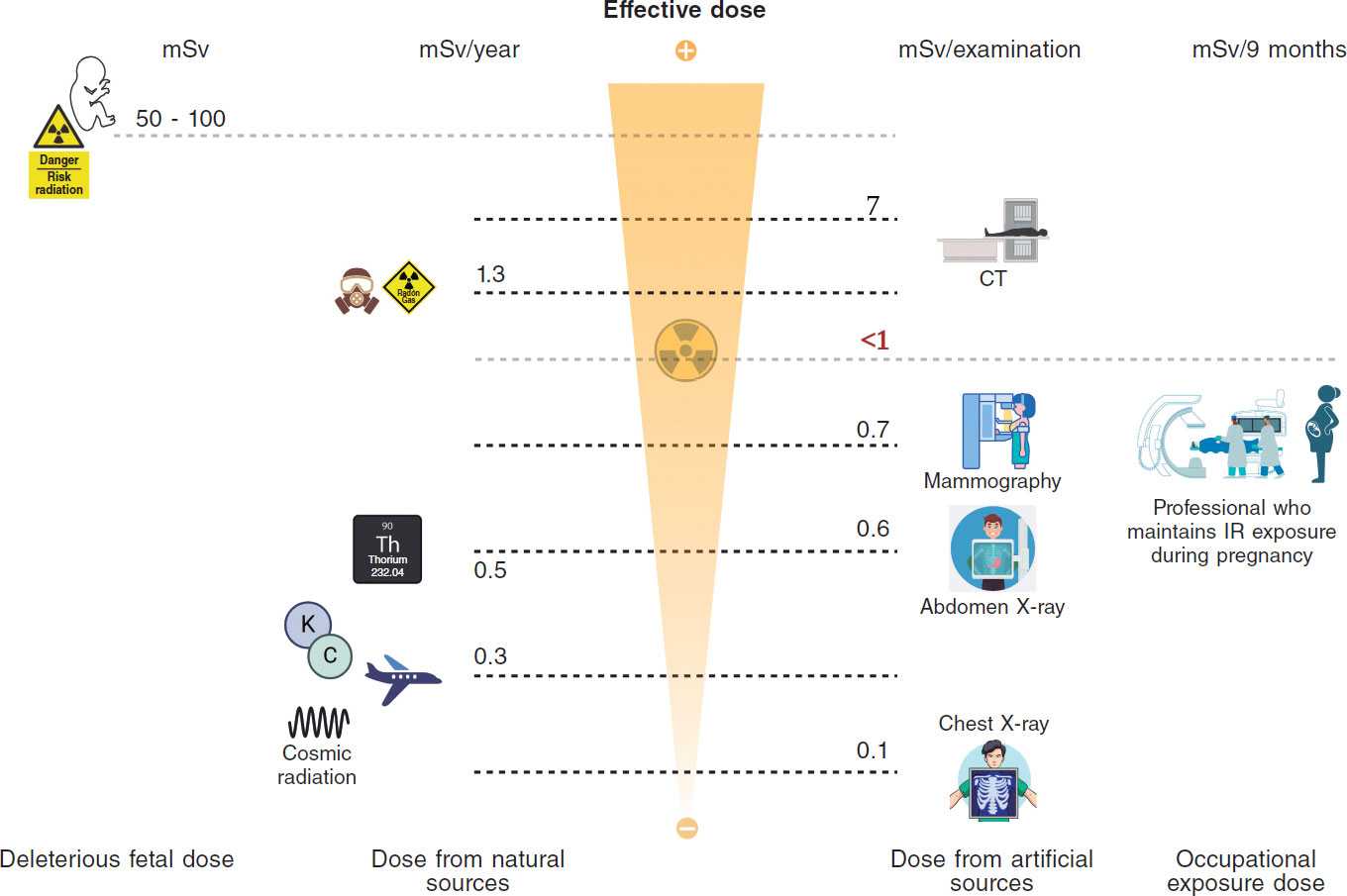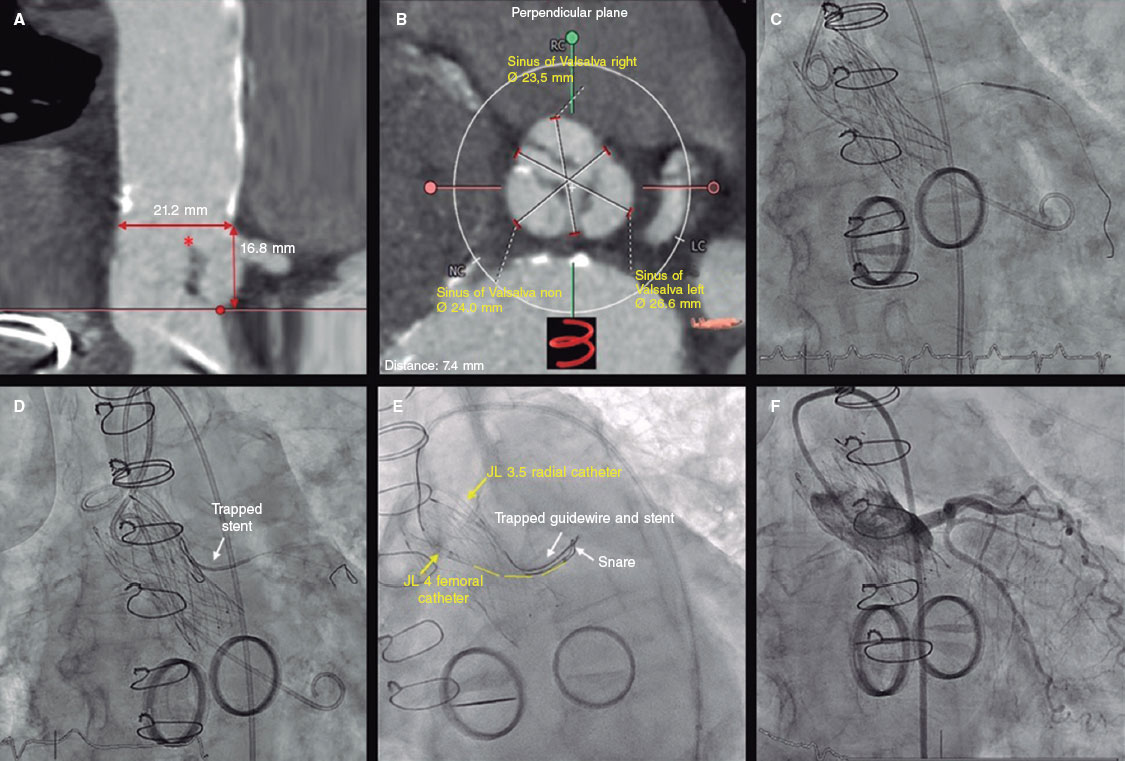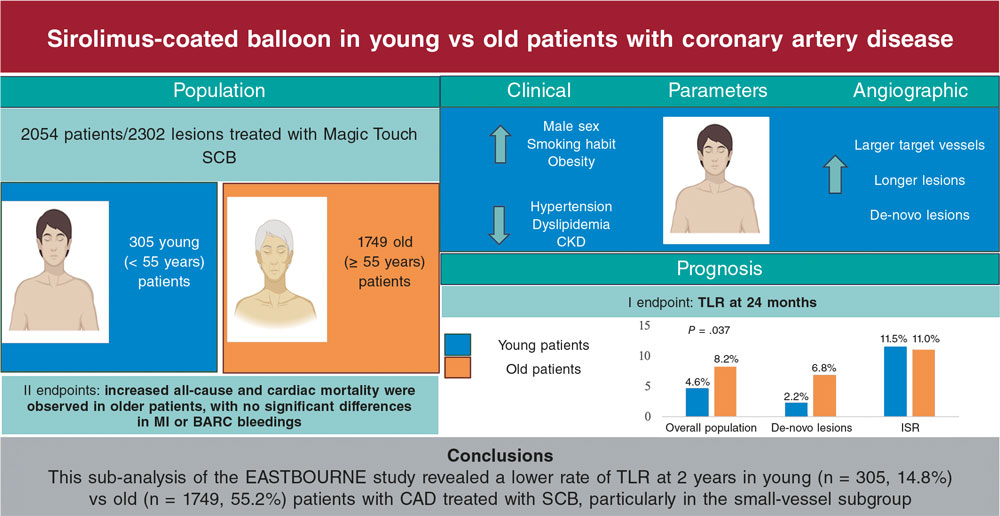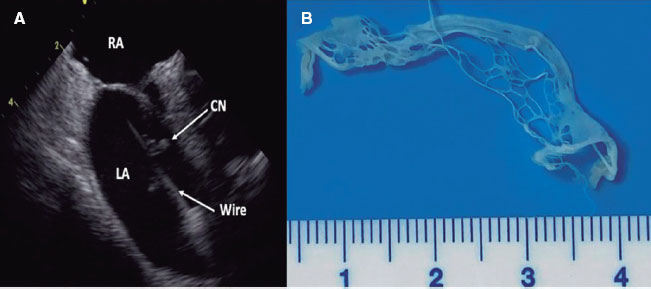It was decided to perform transcatheter aortic valve implantation (TAVI) in an 82-year-old woman with severe aortic stenosis who had mitral and tricuspid mechanical prostheses, and no coronary lesions. Computed tomography showed an annulus – left coronary artery (LCA) distance of 10.5 mm. There were indicators of coronary occlusion risk: a 21.2 mm sinotubular junction, a left leaflet length (figure 1A, asterisk) longer than the annulus – LCA distance, and right and non-coronary Valsalva sinuses < 25 mm (figure 1A,B). We implanted a 23 mm self-expanding valve and protected the LCA with a 4.5 mm × 26 mm stent (figure 1C). After implantation and, although the left main coronary artery remained patent, we failed to remove the stent, leaving it trapped between the prosthesis and the calcified aortic wall (figure 1D). A first failed capture attempt was made via radial access through the initial JL 3.5 catheter and a snare. As an alternative, another JL 4 catheter was advanced via contralateral femoral access, and a guide catheter extension system was introduced through the cells of the prosthesis (video 1 of the supplementary data). The snare was advanced distal to the stent, and upon withdrawal, it was captured (video 2 of the supplementary data, figure 1E). The stent-snare-guide extension assembly was extracted in one piece, maintaining as much traction as possible with the JL 4 catheter to avoid displacing the newly implanted prosthesis. There were no complications (figure 1F).

Figure 1.
We would like to highlight the use of a guide catheter extension system as first-line coronary protection in TAVI to avoid stent entrapment during removal when implantation has been deemed unnecessary.
FUNDING
None declared.
ETHICAL CONSIDERATIONS
Prior informed written consent was obtained from the patient for the publication purposes. Possible sex and gender variables have been considered in full compliance with the SAGER guidelines.
DECLARATION ON THE USE OF ARTIFICIAL INTELLIGENCE
Artificial intelligence has not been used in this work.
AUTHORS’ CONTRIBUTIONS
G. Fuertes Ferre, and J. Sánchez Rubio: conception and drafting of the manuscript. M.C. Ferrer Gracia: revision of the manuscript. J.A. Diarte de Miguel: revision and approval of the manuscript.
CONFLICTS OF INTEREST
None declared.
SUPPLEMENTARY DATA
Vídeo 1. Fuertes G. DOI: 10.24875/RECICE.M25000504
Vídeo 2. Fuertes G. DOI: 10.24875/RECICE.M25000504


